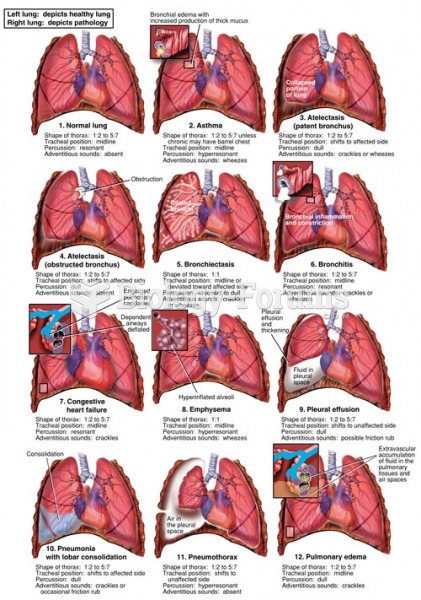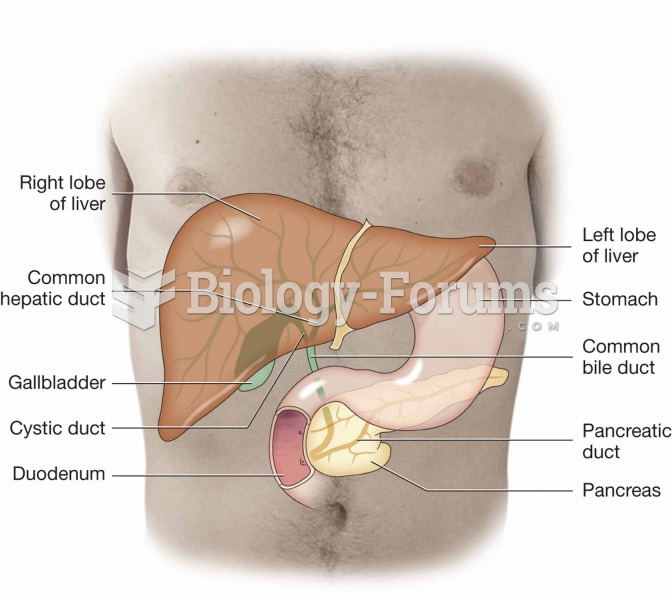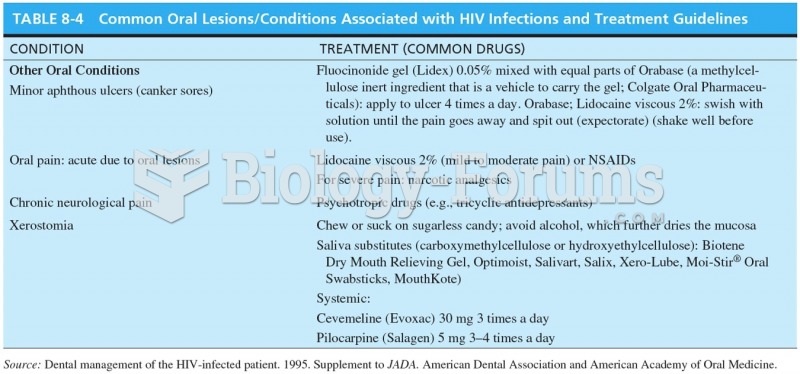|
|
|
Did you know?
Elderly adults are at greatest risk of stroke and myocardial infarction and have the most to gain from prophylaxis. Patients ages 60 to 80 years with blood pressures above 160/90 mm Hg should benefit from antihypertensive treatment.
Did you know?
Asthma cases in Americans are about 75% higher today than they were in 1980.
Did you know?
Patients who have undergone chemotherapy for the treatment of cancer often complain of a lack of mental focus; memory loss; and a general diminution in abilities such as multitasking, attention span, and general mental agility.
Did you know?
More than 4.4billion prescriptions were dispensed within the United States in 2016.
Did you know?
Human stomach acid is strong enough to dissolve small pieces of metal such as razor blades or staples.







